5. Viridiana (1961)
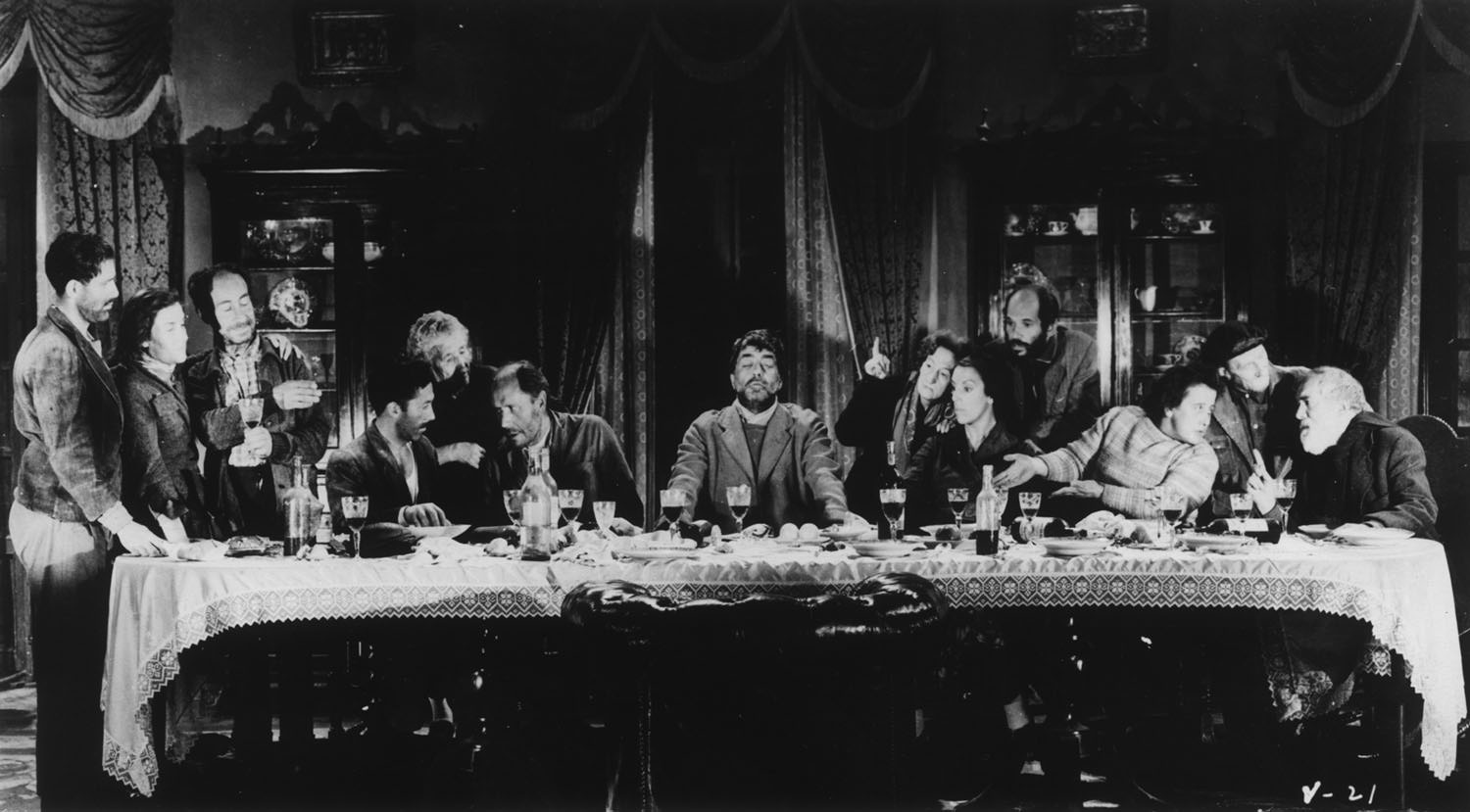
Focusing on religion and all of the sensitive chords that it touches, Luis Buñuel’s “Viridiana,” the first film in Spain after his longtime exile and prolific activation in Europe and Mexico, shocked the Catholic Church and was banned in Spain for several years, until Franco’s death. Currently considered one of the Spanish director’s great artworks, the film is approached from many points of view, so in relation to its thematic thoroughness, as in relation to its brilliant portrayal.
The story’s main body describes the life-changing experience of a nun before her final act of promising, as she visits her unique relative. Viridiana’s days in her uncle’s luxury residence represent a first and catalytic intrusion within the real world’s object, transforming her crystallized view toward life, religion, and humanity.
Viridiana’s presence awakens Don Jaime’s memories of his deceased wife, since she can’t embody something less than a woman. One night, he hypnotizes her, attempting to rape her in his wife’s clothes. Yet, a deeper feeling prevents him from the appalling act. The next day, Don Jaime states that he raped Viridiana, and thus, she can’t be a nun anymore. But his compunction about this fake revelation leads him to suicide, whereas Viridiana deals with herself by inviting beggars and marginalized people into Don Jaime’s house.
Buñuel’s breakthrough within religion’s principles, directions, and intentions seemed extremely offensive to the representative carriers of his era. In one of the film’s symbolic scenes, the jarring beggars are gathered around a table, a reminder of the Last Supper.
However, the projected approach here is more of a questioning exploitation instead of a criticism, focusing on the indirect ways that religious people choose to act and think in order to avoid the feelings of guilt and aversion toward humanity.
4. Brokeback Mountain (2005)
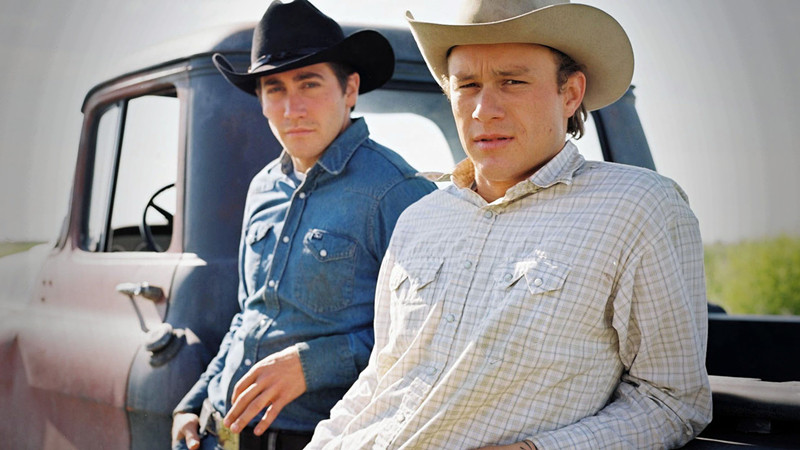
Ang Lee’s heartbreaking picture about the hidden love story of two introverted cowboys during the ‘60s was embraced by the Academy, which honored it with three Academy Awards. Still, Lee’s territories adopted a reluctant handling toward the silent romance of the “Brokeback Mountain.”
The film was banned in China right away, since it was considered a threat for the country’s traditions and ethics. The United Arab Emirates banned its release due to the story’s homosexual identity. In addition, the film’s projection was canceled in a theater in Utah in 2006.
But this story’s core really goes beyond standards, genders, traditions, and prejudices. Its deeply repressed and unspoken sentiments cut through the very heart of romance. In the picture’s stunning imagery and gentle sounds, two young men find themselves in need of each other, in a deep, primal, and sentimental need. Instead, they both struggle to fit in the norms, shrinking their lives into a minimum box-shaped space and hurting the ones who meant to love them.
Now, more than 10 years after the film’s release, every corner of the world has some space and time to offer for the breathtaking scenery of “Brokeback Mountain” and the hushed love that it hosted from time to time, over a time span of 20 years. Arguably, Lee’s amazing work in this case is acclaimed on a large scale.
3. One Day in the Life of Ivan Denisovich (1970)
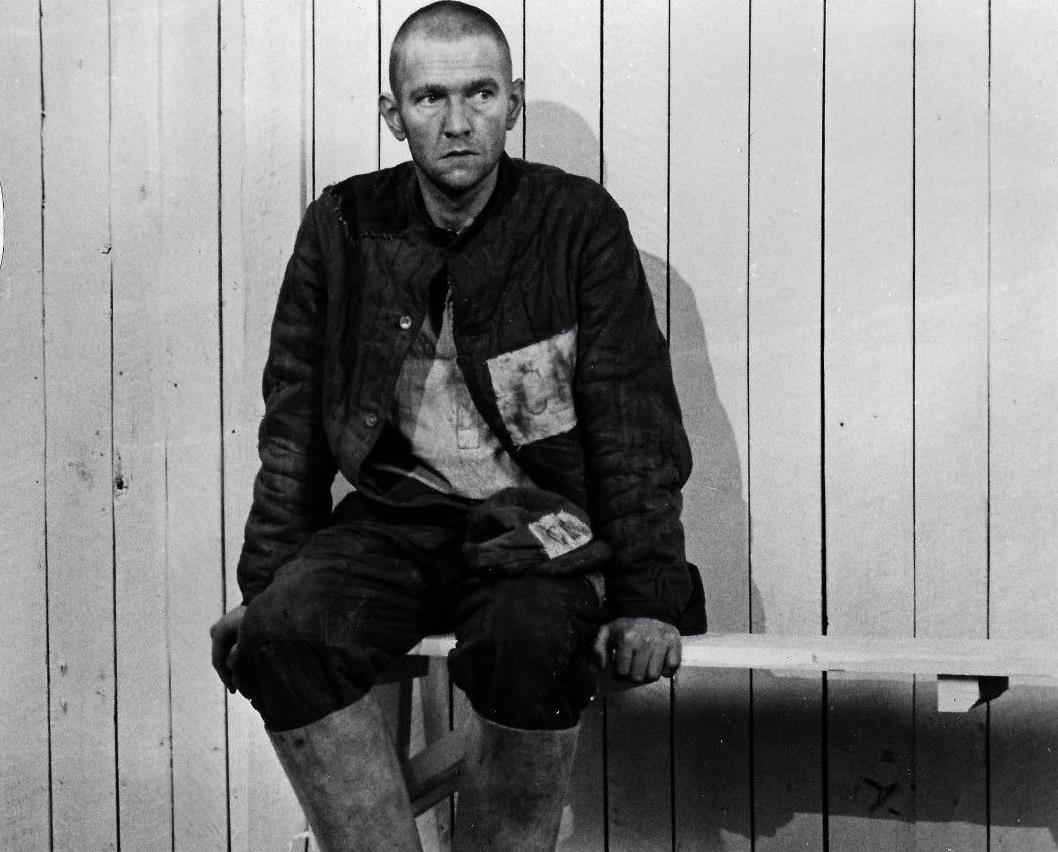
Appearing colder than ice and immersed in a deep layer of misery, the cinematic adaptation of the Russian novel “One Day in the Life of Ivan Denisovich” creates a huge land of human limitation and lost hopes. The film’s reference to Stalin’s gulag prisons led to its prohibition in Finland, which was later abrogated in the ‘90s.
Embodied by Tom Courtenay, Ivan Denisovich is the main character, whose life’s state can be described in just one day. Set in a cold, infertile, and vast place, a gulag camp ominously hosts numerous lost souls. Among them, Ivan swims hopelessly in that black sea of constant toil and mental suffering. On an icy-colored canvas and through minimalist dialogue that reminds of Theo Angelopoulos’ style, this cinematic endeavor captures the oppressed spirit of its reality.
A lot of viewers have loved the film due to its exposing bleakness, which is reflected on Sven Nykvist’s cinematography and on Courtenay’s soulful performance. But in a deeper viewing, apart from criticizing Stalin’s regime and projecting the hard lives of a former black reality’s convicts, this piece is focused on the small daily victories of life. Even if a mind is imprisoned within the tightest bars, it will still think, ponder, hope, and find a reason to exist.
2. Offside (2006)
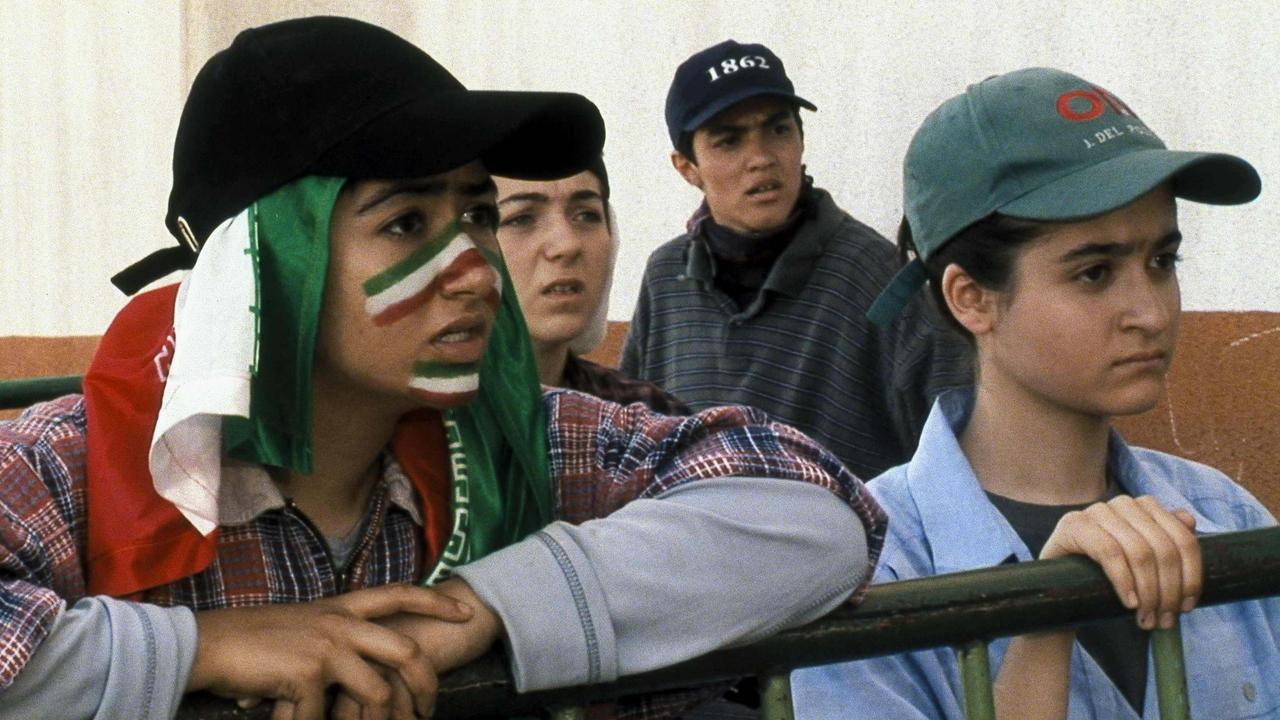
Jafar Panahi should be called an “activist filmmaker,” if such a term could ever exist. Doomed to be acclaimed everywhere apart from his country, Panahi insists on proving his devotion to his land and its people. All of his films are banned in Iran, and he has been arrested and even prohibited from doing his job. Still, his fascination about Iranian women and their confined existences offers him material for art.
His 2000 drama “The Circle” was internationally awarded. Panahi’s protest against his work’s denial in Iran, as expressed in his extraordinary and completely personal film “Taxi,” was acclaimed by film critics as well. Yet this time, his optimistic and proud “Offside” is taken under the spotlight, due to its liberation from the standard dramatic portrayals of socio-political topics.
The film is about a group of Iranian girls that attempt to watch a soccer game by disguising themselves as boys, since women aren’t allowed in stadiums. Eventually, they are discovered by the police and arrested. In a humoristic series of events that is always kept on a high level of quality, Panahi once again elaborates on the women left out place in his society. The plot is funnily overwhelming, but you’re still concerned about the reality behind it.
1. Last Tango in Paris (1972)
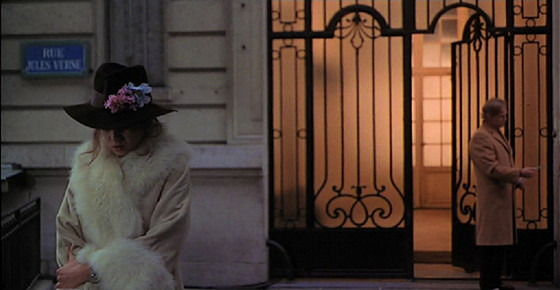
Much controversy has been raised around Bernardo Bertolucci’s greatest work. It’s been called “pornographic.” It’s been anatomized in relation to the originality of its iconic sexual scene. But the unforgettable “Last Tango in Paris” is meant to reveal a lot more than extreme intercourses and sexual explicitness. Due to its visual and substantial honesty, the film was banned for several years in many places, including European, Latin American and Asian countries.
This is a story about Paul, Marlon Brando’s greatest role. He is a foreign man in Paris, a both charming and dirty city. He finds a repulsive apartment to hide his loneliness, but there, he meets Jeanne. Their affair occurs right away; as a need from his part, as an exploration from hers. They only meet there, without names, identities, or expressed feelings. The strained balance of such a situation fails to be held upon its fragility, while Jeanne struggles to know him. She claims that she loves him. But does she really?
“Last Tango in Paris” is one of the most psychographic films ever made. That vast, empty, and bleak apartment is Paul’s soul. Making love to Jeanne, he attempts to share a part of him and hide all of his sorrows behind the thick dust of a suffering lifetime. He would never reveal himself and talk about those thoughts that keep him imprisoned, except these few moments in front of his wife’s dolled up body. Jeanne is always naked, and Paul is always covered. Their erotic relationship is Paul’s cry for help, revealing the most torturing aspect of sexuality.